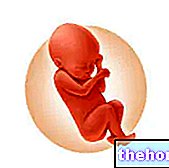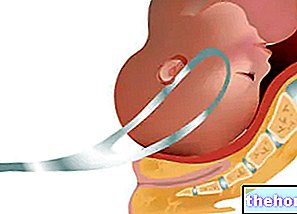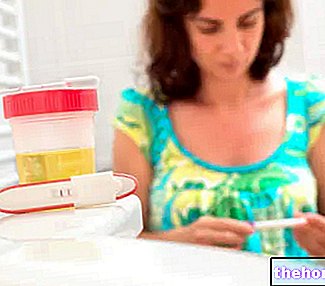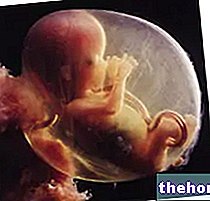
Fertilization occurs when a male spermatozoon, once inside the female genital apparatus, manages to reach and penetrate the egg cell released by an ovary and located along one of the two fallopian tubes.
Fertilization effectively sanctions the meeting of the male and female genetic patrimony: the result is a new set of 46 chromosomes which will determine the whole subsequent development of the new life.
With fertilization, the so-called fertilized egg cell (or zygote) is formed; about four hours after its formation, the fertilized egg-cell begins to divide continuously, forming a sort of rounded cell cluster, called blastula (or blastocyst).
The destiny of the blastula is to reach the uterus and here implant itself in the endometrium, so that it can finally become an embryo, first, and then a fetus; lasting about 1-2 weeks at most, the processes of reaching the uterus by the blastula and the "implantation of the latter" represent the end of conception.
Also known as prenatal development, the development of the fetus is divided into two moments: a first moment, which corresponds to embryogenesis (and in which it would be more correct to speak of an embryo), and a second moment, which corresponds to the actual fetal development. (and where the use of the term fetus is finally appropriate).





-cos-come-funziona-a-cosa-serve.jpg)



.jpg)


















